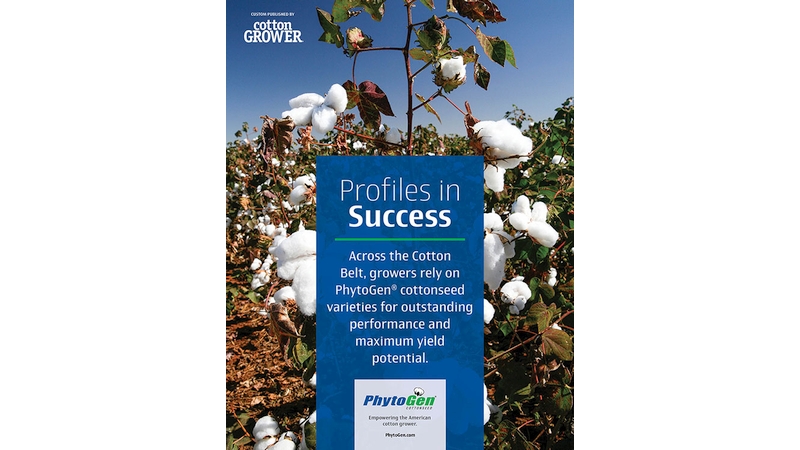The Enigmatic Whitefly
In the grand scheme of things, silverleaf whiteflies are way down on the list of economically damaging pests Beltwide.
In 2007, for instance, whiteflies ranked well below the bollworm/budworm complex, lygus, thrips and fleahoppers in economic losses. According to Beltwide data from the Cotton Foundation and Mississippi State University, bollworms/budworms destroyed 229,186 bales; whiteflies 14,817.
But looking at it from another angle, growers spent an average of $2.73 per acre for bollworm/budworm control, while one application of a whitefly material could run nearly $27 per acre, making it far and away the most expensive per-acre treatment. Comparing Beltwide averages versus a single treatment is not apples-to-apples, but it does underscore what a costly problem whiteflies can be.
Whiteflies cause yield loss and premature defoliation, and the honeydew they secrete can lead to discounted fiber quality through sticky cotton. But they are somewhat of an enigma in the Southeast: they are not an annual pest in most cases, and they usually confine themselves to late-planted, hairy-leaf varieties during periods of extended drought.
“Historically, silverleaf whiteflies are a pest in more arid environments, such as Arizona,” says Georgia Extension entomologist Dr. Phillip Roberts. “And you can occasionally find banded-winged whiteflies in other areas across the Belt.”
But in 2007, the silverleaf whitefly was most definitely a problem in pockets of south Georgia, especially in the late-planted, hairy-leaf varieties. Data from the University of California Extension service suggests that moisture builds up on the bottom of foliage in hairy-leaf varieties, and those varieties tend to hold that moisture for longer periods of time compared to smooth-leaf cottons. That makes hairy-leaf varieties much more attractive to thirsty whiteflies than smooth-leaf.
“What we had in places in Georgia in 2007 were the factors that make whiteflies an economic problem – droughty conditions and late planted, hairy-leaf varieties in spots where we hurt beneficial insects,” Roberts says.
Jeff Smith, a field market development specialist with Valent adds, “Last year was a perfect storm for whiteflies in Georgia – hot and dry.” Valent markets the insect growth regulator Knack, which is labeled for use in cotton on whiteflies.
“If whiteflies infest cotton before cutout – mid-August through mid-September, depending on planting date – that should influence how you manage other pests,” Roberts continues. “For example, if you see whiteflies in early August, you need to conserve beneficials if you can. But if you have to spray for something like stinkbugs, then you need to use a product that will also give whitefly suppression.”
According to Roberts, University of Georgia test plots planted the first of May last year had virtually no problems with whiteflies; those planted the first of June did.
Caption:
Dr. Phillip Roberts
Sidebar caption photo:
Silverleaf whitefly
Caption:
Whiteflies lay eggs and develop on the bottoms of leaves.









